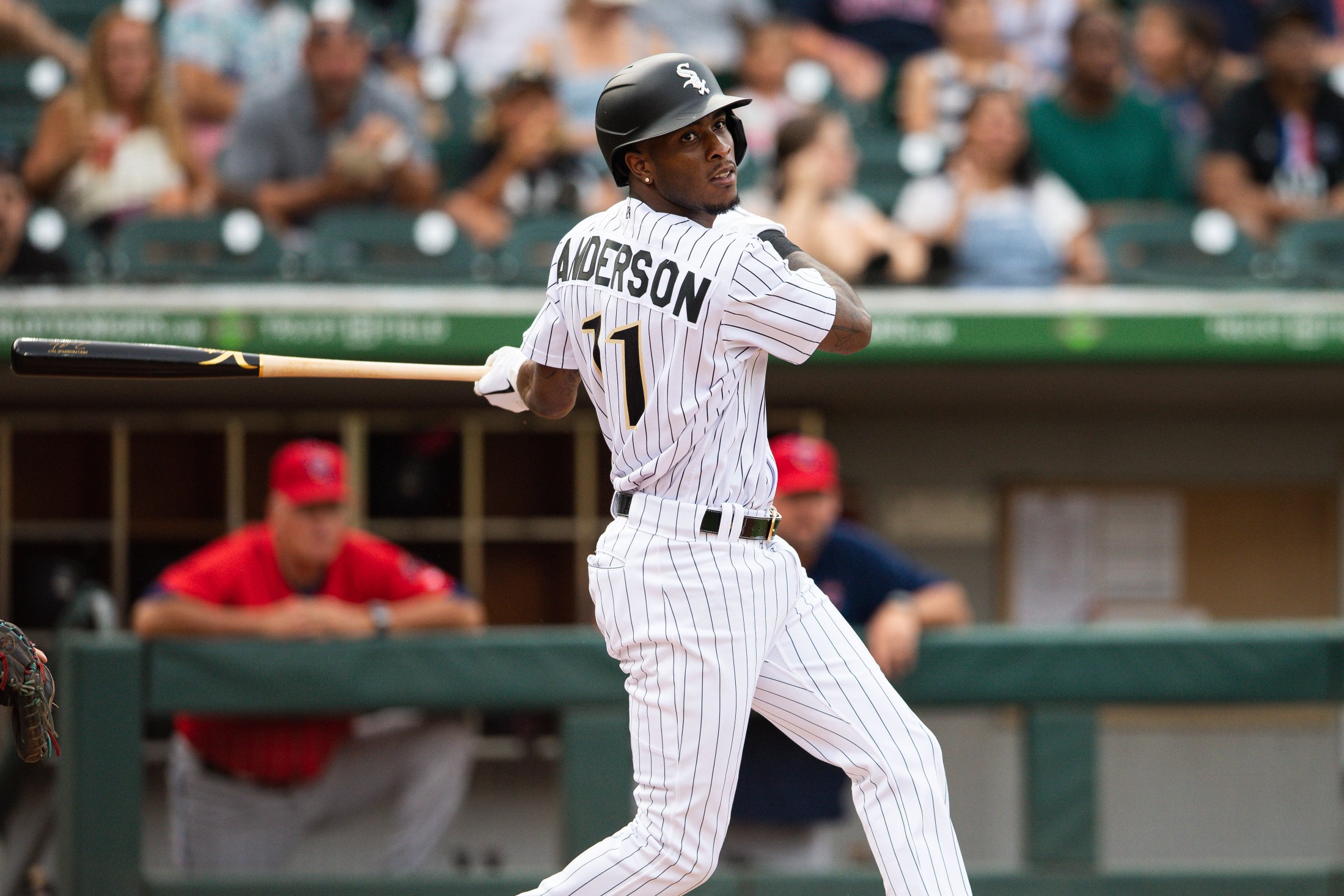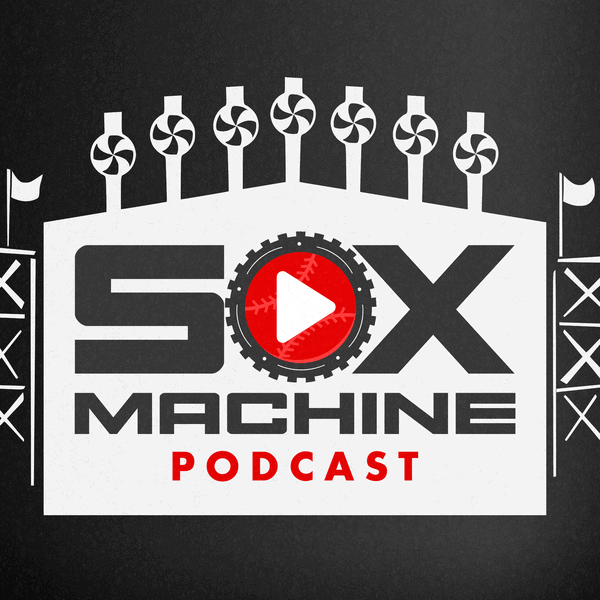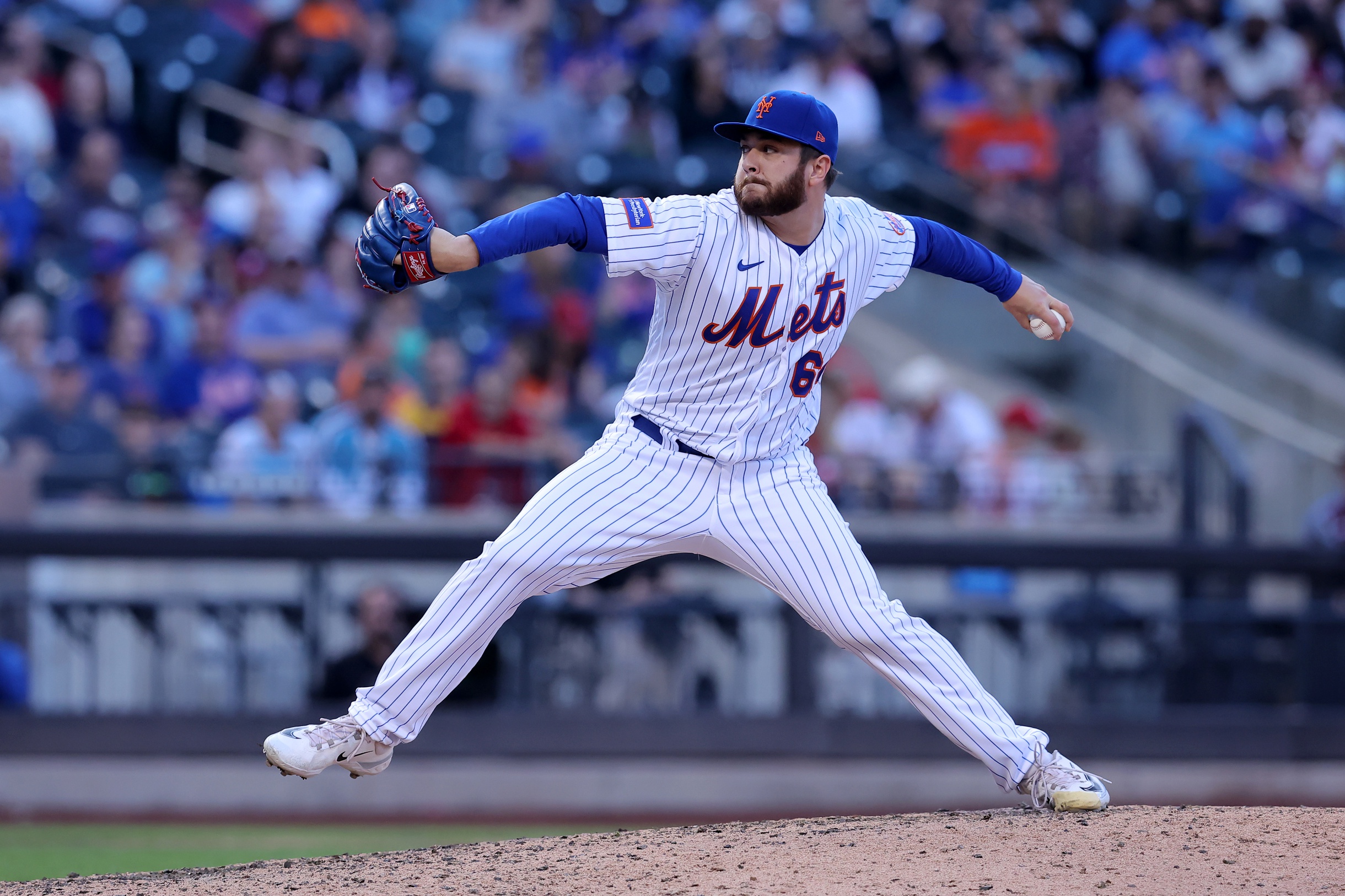PHOENIX -- Brandon Drury was a popular Offseason Plan Project inclusion post-2022.
His positional flexibility, which the 32-year-old intends to maintain in White Sox camp this spring, allowed fans to dream of him as a passable second baseman or any variety of corner bat. And at any spot, the appeal was that the right-hander could thump. Drury was coming off a career-best 28 home runs that year, and delivered another 26 in 2023, his first season of a two-year, $17 million deal with the Angels.
After a Murphy's Law 2024 where a hamstring strain and a respiratory infection were the only respites Drury got from the worst offensive campaign of his career (.169/.242/.228), he's not promising to return to his old baselines, but aspiring to clear them
"I believe I'm better than that, I really do," Drury said. "I was kind of finding my stride the last few seasons and then, baseball, there's stuff that comes up in the season that you can't control. I feel like that happened last year and I think it's going to make me better this year."
While he certainly knows health will be necessary for improvement, Drury's optimism is rooted centrally in a clear distaste for a swing alteration he made last season. Driven by what he describes as "chasing exit velocity," Drury said he started aggressively striding forward in his swing to create more force. While he posted the highest in-game exit velocity of his career last season (113.7 mph), his consistency with getting on the plane with the baseball was sacrificed for it.
"Last year I had the hardest time getting the ball in the air, even in batting practice because I was so steep," said Drury, who saw his ground ball rate explode to a career-high 57.1 percent after sitting in the low-40s his two previous seasons. "I need to put myself in the position to repeat my swing and hit the barrel."
Like almost every other veteran addition to the Sox this spring, Drury cited opportunity as his reason for being at Camelback Ranch. But he also had a pre-existing comfort level with hitting coach Marcus Thames from their time in Anaheim, and the two had been comparing/contrasting video of his down 2024 against his successful run in 2022-23.
Players get evaluated off their exit velocity, and Drury was simply trying to improve rather make a Faustian bargain. For his part, Thames leaned a bit more into the idea that Drury being banged up enabled bad habits mechanically, and trying to pull off an added move to his swing was merely the tipping point. But a return to Drury's 2022-23 swing mechanics is their shared prescription.
"All the really good hitters, they're consistent, they can repeat their swing over and over and that's what I'm trying to get him to chase," Thames said. "The last thing you want to do is mishit balls trying to hit it 115 mph. Let's see how many times in a row we can just barrel it up. If you're big and strong, it's going to happen. Exit velo is going to be there."
Andrew Benintendi feels recovered from the left Achilles tendinitis he dealt with all season last year, but he's still intrigued by ways to prevent future issues.
"I've tinkered with everything, changing cleats, different shoes I think helped," Benintendi said.
More arch support? Orthotics? Those weird soles that were supposed to make you jump higher that they advertised in newspapers in the '90s?
"Just not as tight of shoes, because I usually tie them up pretty tight. Letting them go a little looser."
Benintendi has taken a bath in defensive metrics for his work in left field the last two years, and Statcast has laid a lot of the blame on his jump and initial burst to the baseball. Not coincidentally, the 30-year-old Benintendi said that's when he most acutely felt the pain of his nagging injury, trying to make the first explosive move to the baseball. As a former Gold Glover, to have that feeling that he can push off at max effort again lends a lot of confidence about being an impactful defender again.
New manager Will Venable looks to be operating from a stance on banking on Benintendi's bat from the second half being a stabilizing force, and waiting to see if a defensive rejuvenation makes him reconsider existing plans.
"Hope is he goes out there, and is able to go out there and perform," Venable said. "At the same time we know we have Michael A. Taylor and other guys who give us defensive versatility to end games, so we’re going to mix and match and figure it out. But we expect to see Benny in the lineup most every day, whether that’s at DH or left field. We’ll have some flexibility to do some different things."
The pull rates that Benintendi produced during his .830 OPS second half both sound like what he's been aiming for since coming to Chicago, and outstrip anything he had done previously in his career. Raving about what switching from a leg kick to a consistent toe tap has done for his timing, Benintendi affirmed that he also has consciously tried to pull more, and now has a shorter move to the ball that more consistently allows him to work out front.
"Everybody throws 100 mph now and you don't really see guys who throw 92 mph sinkers anymore," Benintendi said. "The toe tap, the move is a lot smaller so it feels like more time when you're up there. So you can pull the trigger on a fastball later and still be able to hit it to left."
That offensive stability will be crucial, because while it might take some proving before Benintendi is part of closing out games defensively, his contributions in the middle of the order are needed right off the bat.
Joey Gallo isn't trying to make any promises or declarations. He has been in camp for less than a week and yet to have a real in-game at-bat, if Cactus League even counts for that. But yes, he's been working on trying to make his swing path as quick and direct as possible, focus on line drives, and making more contact.
"It's very subtle, it's nothing I haven't done before, it's just getting back to where I was a little bit earlier in my career when I was able to simplify things," Gallo said. "Less movement. It's pretty standard-type offseason tinkering type of stuff. It's nothing drastic. I don't think anyone's going to see me hit and think 'Oh that looks completely different.' But there's small things here and there that can make a large difference over a season."
Over three years removed from his last healthy and above-average season, Gallo still represents the rare presence of 80-grade raw power in the sport. It's the sort of tool that makes him productive even with his batting average is at The Mendoza Line, dominant when it's above it, and a force to be reckoned with when he's operating below his career strikeout rate of 38 percent.
Troubled by hamstring and shoulder injuries the past two years, Gallo finds it more than plausible that he can still return to form and make necessary adjustments for more contact at age 31. His swing has no pronounced leg kick, no cartoonishly big hand load, no obvious extra movement other than the length of a very large and long-levered man swinging hard. Reunited with Thames after their brief time together in New York, the pair have drills in mind to get him on plane with fastballs designed to ride over his barrel, but it's line with his career-long focus
"I have to to deal with the hand that I'm dealt, and that's a high strikeout power hitter," Gallo said. "I'm never really reaching for it. I just have a strong swing, powerful swing, so people always think I'm swinging for the hills but I'm not. But we're just trying to be on top of the ball. Fly balls are outs unless they're driven, so for me it's less fly balls and more line drives."
This might be an eye-opening description for someone whose main attribute -- other than speed, defense and plate discipline -- is putting the ball over the fence. But Gallo has already posted some of the highest fly ball rates and lowest ground ball rates in the league throughout his career. His identity at a hitter is already tilted toward the extreme end of a power-oriented approach, and he's just hoping to squeeze a little bit more out of it.






